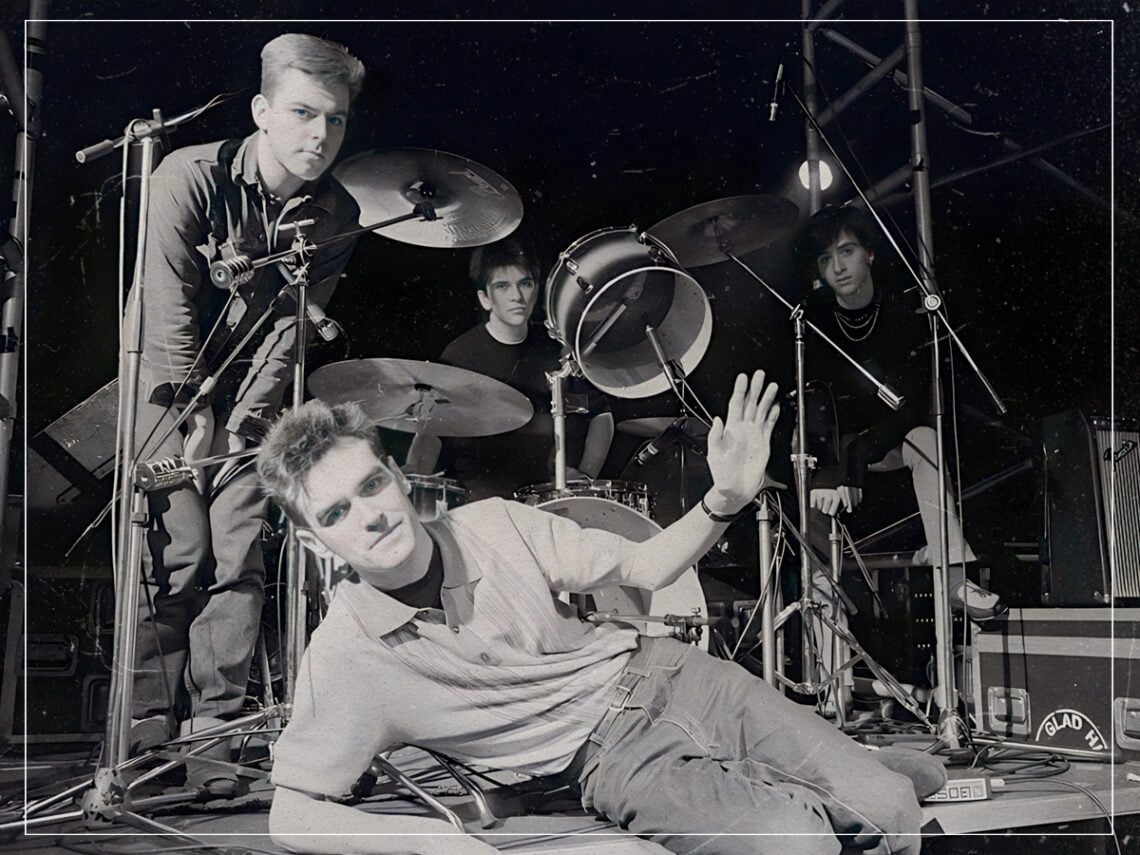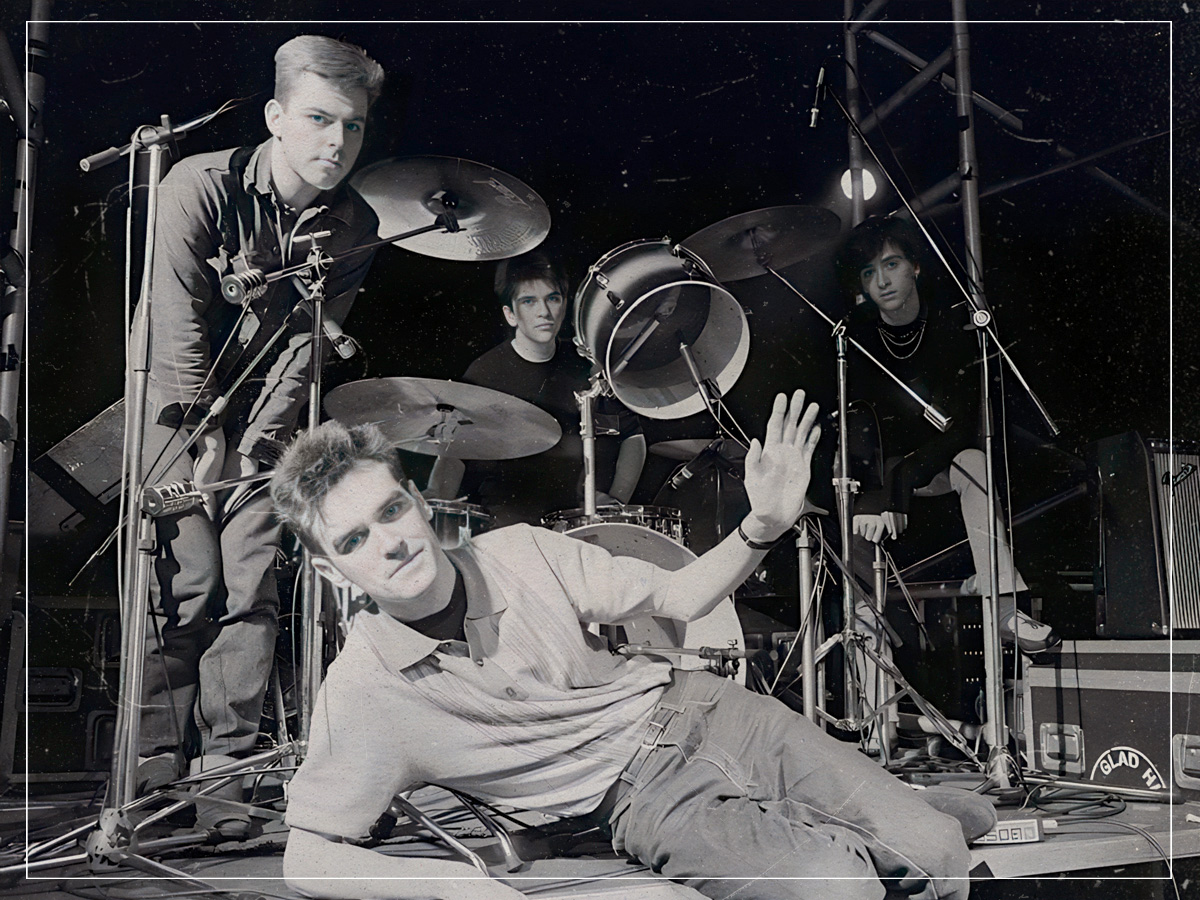
(Credits: Far Out / Alamy)
Tue 3 June 2025 18:30, UK
Don’t get me wrong, I love my nan, but we certainly don’t share the same music taste. I mean, after all, isn’t that the point? Two generations apart and clad in very different clothing, it would be abnormal for us to both be swaying to Bette Midler in her kitchen. Equally, I can’t expect her to get down to the sounds of 2025, but maybe we could meet in the middle with a band like The Smiths?
Kings of 1980s alternative music, the band could be argued as a nice centre point between the rebellious and commercial. Johnny Marr’s signature guitar playing softened the pointed lyrics of his songwriting partner Morrissey to create a sound that flirted with pop sensibilities while simultaneously defining a more innovative and unconventional style.
But despite the commercial viability of their new sound, they leaned ever so slightly more on the side of rebellion. There was something inherently defiant about liking The Smiths’ and it was largely channelled through Morrissey. His bleak outlook on the state of British society was a far cry from the ‘Keep Calm and Carry On’ attitude of his post-war forefathers and leveraged a feeling of discontent amongst society. Juxtapose that with Marr’s arpeggiated chord sequences, and there you have the genius essence of The Smiths.
All of that sentiment is undercut in the context of a cover. The Smiths’ art benefited from their expression of self and authenticity, and so watching them perform a cover feels completely at odds with their appeal. But if we’ve learnt one thing from music, it’s that bureaucracy is waiting at every corner to sink its teeth into success and turn into something unattractively commercial. But in the case of The Smiths, the proposal of such an offer became the straw that broke the camel’s back.
While the sonic juxtaposition between Marr and Morrissey is what made their sound so compelling, it was built on a very realistic character dynamic that, by 1987, at the peak of their success, had developed into something toxic altogether.
On the back of Strangeways, Here We Come, creative figurehead Johnny Marr was ready to take a much-needed holiday before returning to take the band into a new sonic direction, somewhere radically different that would cement the band as genre-hopping greats. His plans were scuppered and he was instead bundled back into the studio straight away, without material and at the request of drummer Mike Joyce, who had become somewhat of an unofficial spokesman for the remaining band.
Without any concrete material and a general feeling of discontent towards his suggestion of a reinvention, Marr sensed a mood shift. Together, they cobbled together a small batch of mediocre songs, including a Cilla Black cover, which Marr has since stated was the straw that broke the camel’s back. At that moment, he inherently knew The Smiths was over.
“That was the last straw, really. I didn’t form a group to perform Cilla Black songs,” Marr said. “That was it, really. I made a decision that I was going to get away on holiday. The only place I could think of was Los Angeles. LA was the only place I knew where there’d be sunshine, so off I went. I never saw Morrissey again.”
It was a sad and immediate end to a band that had already achieved greatness and was undoubtedly destined for more upon a sonic reinvention. But as for my grandmother and me, well, we were deprived of the one sonic bridge that may have connected our warring artistic generations: a Cilla Black song covered by The Smiths.
Related Topics
Subscribe To The Far Out Newsletter
